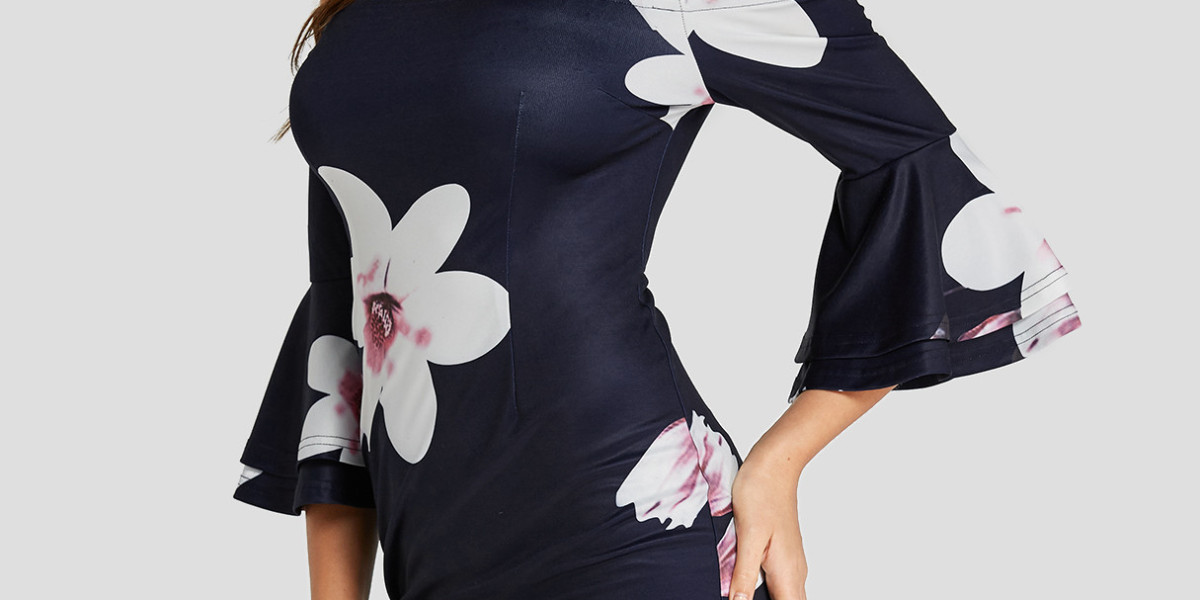Boat bottom painting is a crucial aspect of boat maintenance that often goes overlooked. The bottom of a boat is constantly exposed to harsh conditions, including saltwater, marine growth, and abrasive elements, making it susceptible to damage and corrosion. Properly painting the boat’s bottom helps protect it from these elements, prolonging its lifespan and enhancing its performance.
There are several key reasons why boat owners should consider bottom painting. One of the primary reasons is to protect the hull from marine growth, such as barnacles, algae, and other organisms that can attach themselves to the hull and reduce the boat’s performance. These organisms can increase drag, making the boat slower and less fuel-efficient. Bottom painting helps prevent marine growth from attaching to the hull, reducing drag and improving the boat’s speed and fuel efficiency.
Another important reason to paint the boat’s bottom is to protect it from corrosion. Saltwater is highly corrosive and can quickly damage the hull if left unprotected. Bottom paint forms a protective barrier that shields the hull from saltwater, preventing corrosion and extending the life of the boat.
In addition to protecting the hull from marine growth and corrosion, bottom painting can also improve the boat’s appearance. A fresh coat of paint can give the boat a clean, polished look, enhancing its overall aesthetic appeal.
There are several types of bottom paint available, each with its own advantages and disadvantages. The two main types of bottom paint are ablative and hard paint. Ablative paint is designed to wear away over time, gradually releasing biocides that prevent marine growth. This type of paint is ideal for boats that are regularly used and can help reduce the need for frequent repainting. Hard paint, on the other hand, forms a tough, durable coating that provides long-lasting protection. This type of paint is more suitable for boats that are stored out of the water for extended periods.
When painting the boat’s bottom, it is essential to follow the manufacturer’s instructions carefully. Proper surface preparation is crucial for the paint to adhere correctly and provide maximum protection. This includes cleaning the hull thoroughly to remove any dirt, grease, or other contaminants. It is also important to apply the paint in the right conditions, typically when the temperature is between 50°F and 90°F and the humidity is low.
In conclusion, boat bottom painting is a vital part of boat maintenance that should not be overlooked. It helps protect the hull from marine growth, corrosion, and damage, prolonging the boat’s lifespan and enhancing its performance. By choosing the right type of bottom paint and following the manufacturer’s instructions, boat owners can ensure that their boat remains in top condition for years to come.








